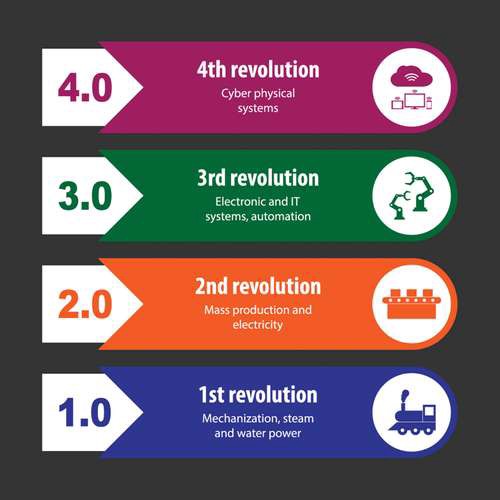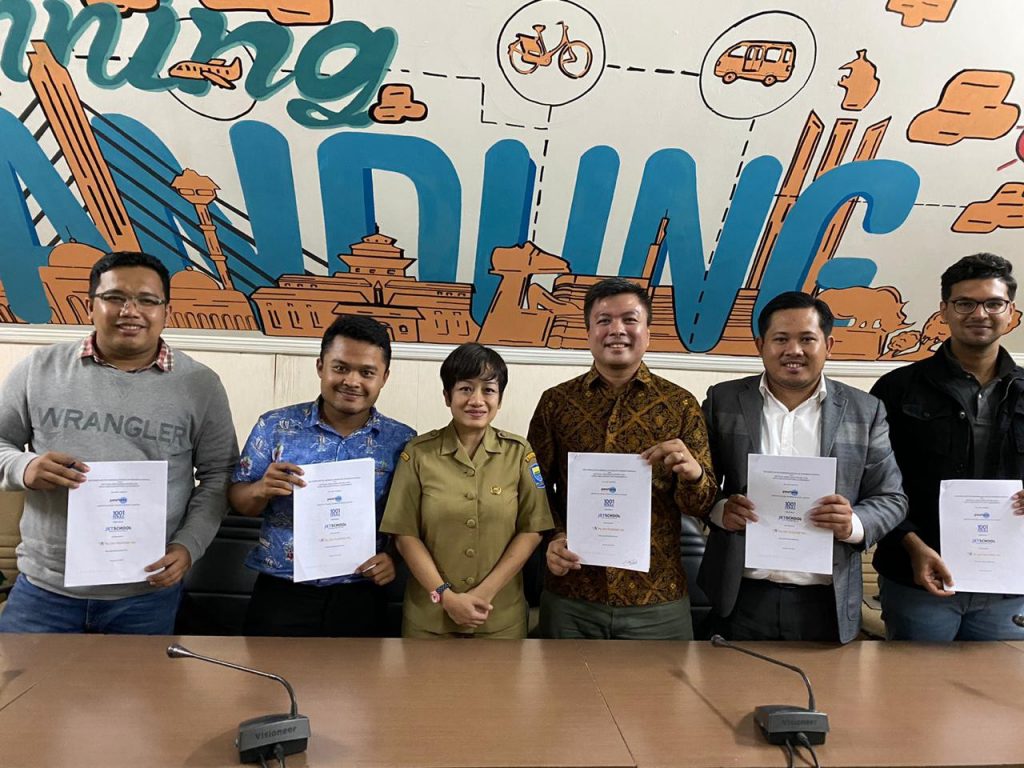Not enough dairy animals to reach milk self sufficiency
DESPITE the reported increase in the number of dairy animals, this is not enough to reach the desired local milk sufficiency level, the Commission on Audit (COA) said.
“Per Philippine Statistics Authority (PSA) data, the number of dairy animals increased by an average of 3% annually from 39,069 in CY (calendar year) 2012 to 47,600 in CY 2018… However, these accomplishments are still below the desired projections under the DRM (Dairy Road Map),” said the report stated which was released on Jan. 23.
The Philippines’ DRM was designed to serve as the “blueprint of achieving the vision of a vibrant local dairy industry providing wholesome, affordable milk to delighted consumers, building a nation of healthier children and wealthier farmers, while contributing to agribusiness expansion and job generation in agriculture,” said the Department of Agriculture (DA).
According to the COA, the number of dairy animals is 76% short of the 198,977 target, while milk production is 54% short of its 2.8% sufficiency level target.
“Furthermore, historical data show that local milk production remained at the same level of 1.2% for CYs 2013-2016 and slightly increased to 1.3% for CYs 2017-2018,” COA said.
This means that the Philippine Dairy Industry has been dominated by dairy importers.
Lack of coordination among key agencies, the lack of well-defined roles and responsibilities for the dairy industry’s stakeholders, lack of funding, operational issues, and significant cattle and buffalo mortality rates are the factors cited by COA which led to the non-attainment of DRM targets.
The COA said that the Philippine Carabao Center (PCC) did not adopt the 2010-2016 DRM and instead crafted its own Strategic Plan 2011-2025 which was also not implemented.
“What PCC did was set substantially lower targets than the DRM and its Strategic Plan. PCC explained that the adjustments were based on the budget available to them,” COA said.
The Commission also said that the “vagueness” of the DRM made it difficult to hold implementing agencies, such as the Bureau of Animal Industry (BAI) and the Dairy Training and Research Institute (DTRI), accountable for their supposed roles in the program.
It also added that the contribution of the private sector was not elaborated in the DRM.
Meanwhile, the National Dairy Authority (NDA) and the PCC also encountered difficulty in importing dairy animals due to the lack of funding, the COA said.
“For example, out of the 11,880 target for CYs 2013-2018 under the DRM, the NDA was only able to import 3,060 dairy animals. Similarly, the PCC was not able to import dairy buffaloes as planned due to lack of funding support from the DA,” it said.
The COA also noted that the NDA and the PCC failed to fully implement and monitor other herd build-up strategies due to operational issues. As a result, targets under these strategies were also not met.
“For example, the NDA’s Artificial Insemination (AI) and breeding services strategy only achieved a calf drop rate of 42% of the total animals bred and inseminated, instead of 60%. Also, the harvest rate under the NDA’s animal buy-back strategy was only at 11%, which is below the target of 20%,” it said.
High mortality rates of dairy animals also contributed to the non-attainment of DRM targets. This was caused by “problems with herd management, inadequate provision of proper animal healthcare services, and non-provision of housing facilities for the animals,” the COA said
“For CYs 2013-2018, the NDA registered 2,614 cattle mortalities or 10% of the total dairy cattle population; which cost the government a total of P346.35 million. Meanwhile, the PCC registered 3,284 buffalo mortalities, which costs P471.42 million,” the COA reported.
To address the issues in the dairy industry, the COA recommended that the DA should “strengthen coordination and cooperation among key stakeholders to unify efforts and ensure funding support aimed at attaining the desired local milk sufficiency level.”
It also recommended that the roles and commitments of concerned government agencies and the private sector should be clearly defined “to ensure their respective contributions in the attainment of its targets.”
Meanwhile, in the absence of fund requirements for importation, the COA said that the NDA and PCC “should focus on massive upgrading through AI and bull breeding, buy-back program, intensified monitoring and efficient collection of animal repayments to increase the inventory of dairy animals.”
Lastly, the COA also recommended that the NDA and PCC “should strengthen their controls in program administration in line with the principles of efficiency, economy and effectiveness.”
“It is acknowledged that actions and measures have been adopted and/or initiated to address gaps in the implementation of the programs. It is expected that improvement will be seen in the attainment of program and DRM objectives with the observance of the foregoing recommendations,” COA said. — Genshen L. Espedido






